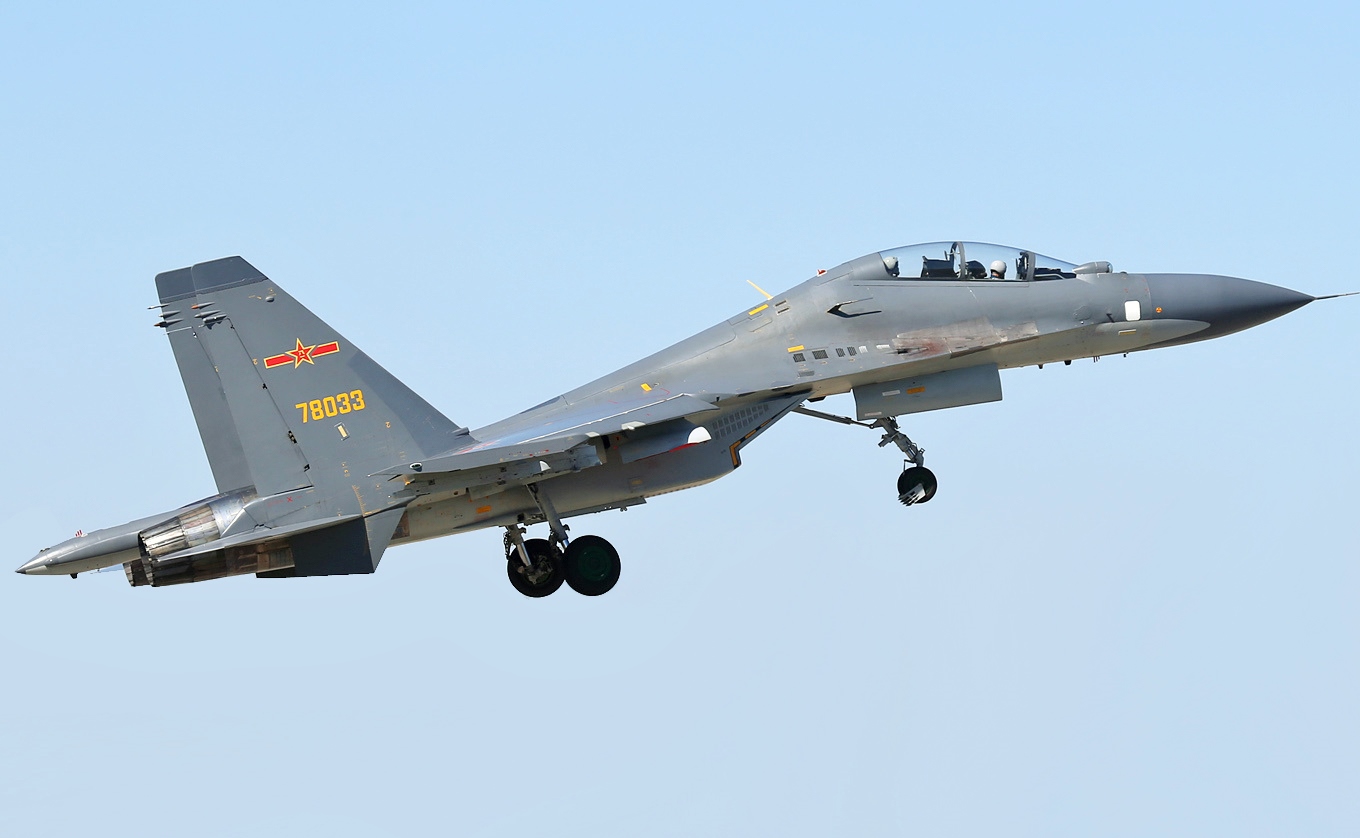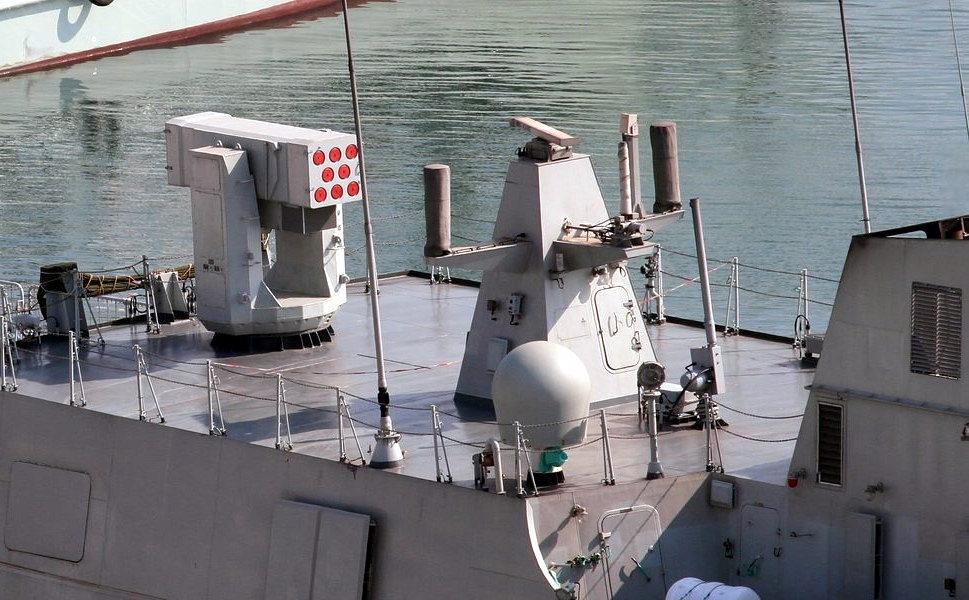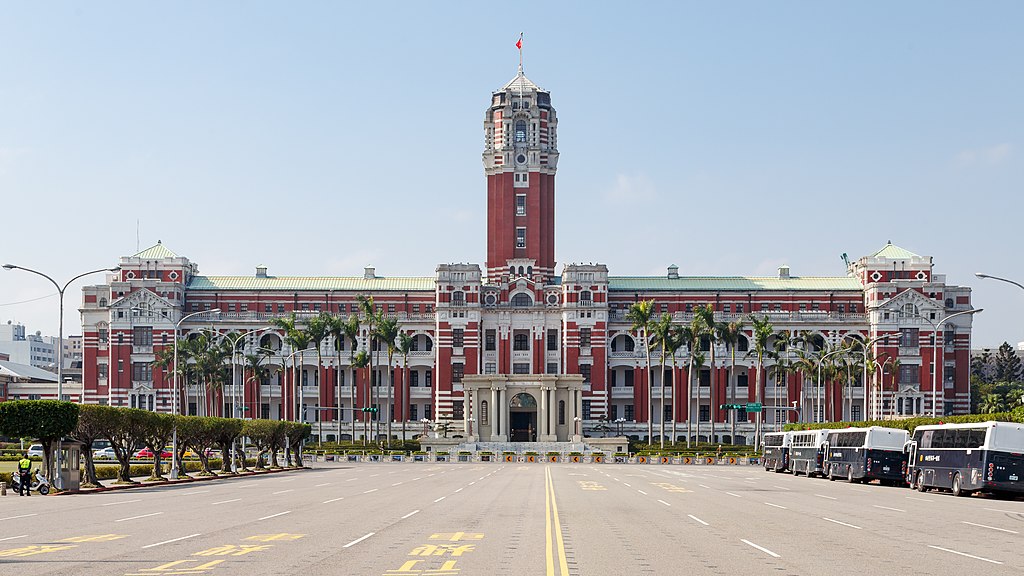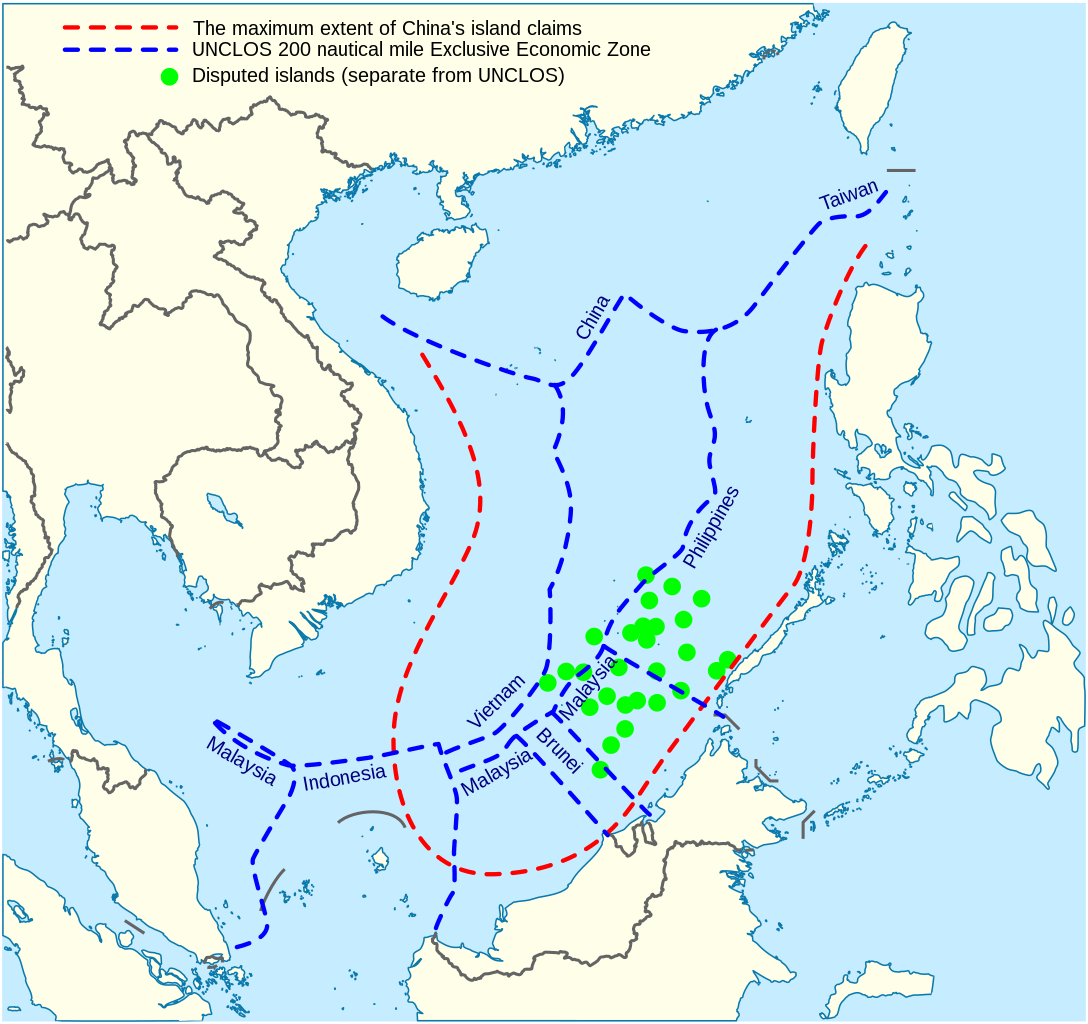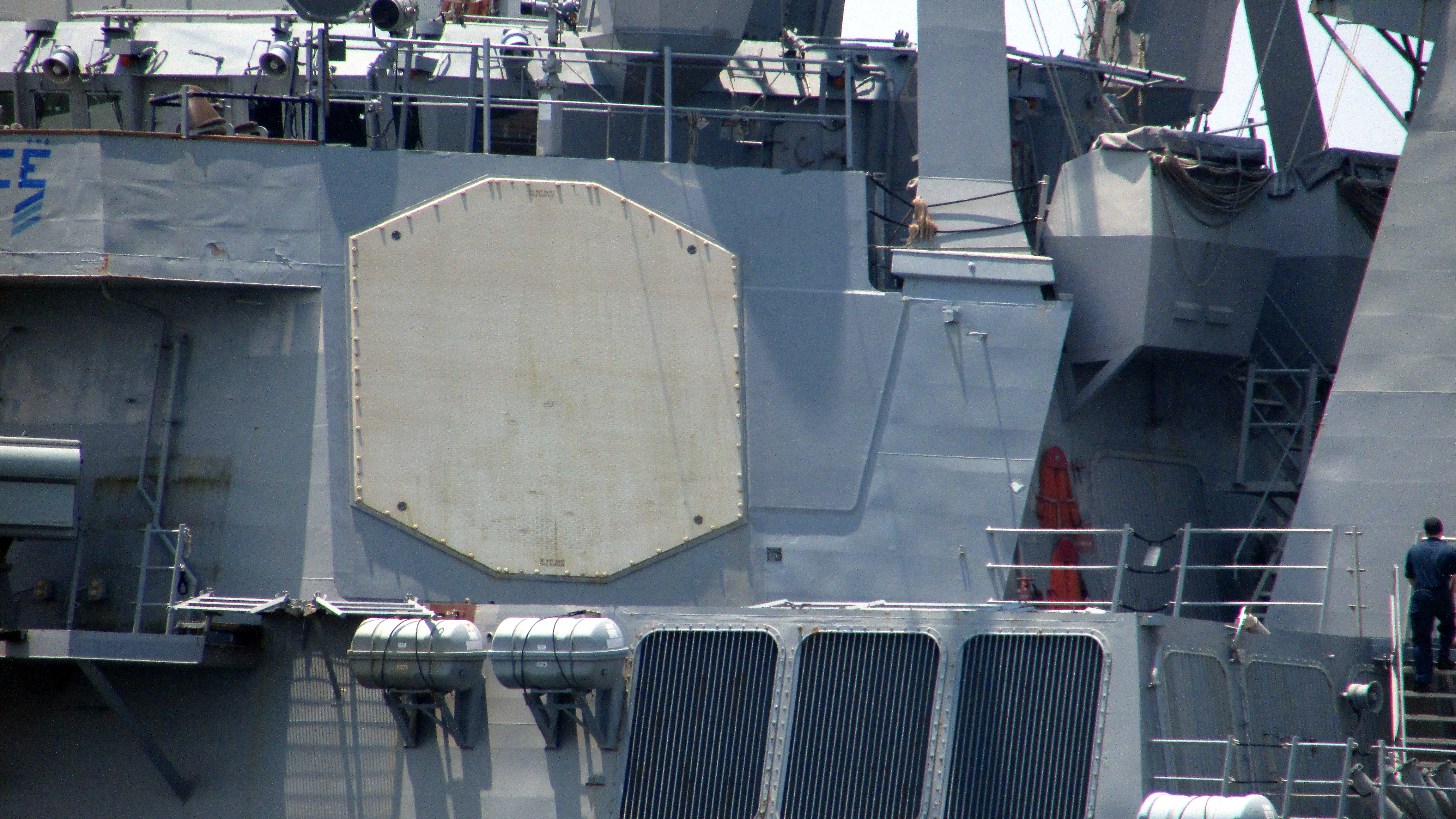
The AN/Spy-1 carried on a U.S. guided-missile destroyer. A report published in Chinese magazine Defense Industry Conversion indicates that the AN/Spy-1 is the main target for the PLA’s EW attacks.
“The PLA’s electronic warfare unit … has crafted a technological road map designed to neutralize America’s maritime dominance”.
A recent Chinese report claims the People’s Liberation Army (PLA) is preparing a new electronic warfare (EW) strategy to challenge U.S. maritime dominance. While the report, published by Chinese magazine Defense Industry Conversion, which is supervised by the State Administration of Science, Technology, and Industry for National Defense, is not readily available online, various media sources have written about it. The first article excerpt, published on the privately owned, digital Indian-Canadian news site The Eurasian Times, looks at a report on China’s possible plans to challenge maritime dominance through the lens of the outbreak of cross-Strait conflict. It explains that China has been expanding its arsenal of anti-ship ballistic missiles.[i] Understanding the importance of aircraft carriers and destroyers in puncturing through any potential blockade, the article envisions China employing these weapons to prevent U.S. forces from entering the Western Pacific. To further increase its military effectiveness and gain the strategic advantage, the PLA has created a list of targets—a “Kill List”—within U.S. aircraft carrier strike groups to keep the U.S. Navy at bay. Mo Jiaqian, an electronic countermeasures expert with the PLA’s 92728 Unit,[ii] authored the Defense Industry Conversion article. According to him, China will likely target “specifically labeled U.S. military radars, sensors, and communication systems in a hypothetical battle.” This would “disrupt the U.S. carrier group’s defensive abilities and render it vulnerable to attack.” Drones and other platforms might be used to create noise and false targets by approaching key U.S. radars, “significantly reducing its detection accuracy and impacting the overall effectiveness.” They could also hack into key networks to mimic a friendly response or to overload the adversary’s nodes to wreak havoc.
It is unclear whether China actually possesses the capabilities it describes in its “blueprint” to “fundamentally reshape modern naval warfare,” as the second article excerpt, broadcast on YouTube by Indian English language news broadcast WION News, puts it. Perhaps the statements represent the PLA’s vision or an attempt to deter U.S. forces. It is worth noting a past press report, published by the regional English-language pan-Asian digital news platform Asia Times, which claimed China’s EW capabilities are “surging.”[iii] According to the article, the PLA Navy now possesses integrated radar systems and communication strategies that “allow PLA Navy warships to form a ‘kill web’ to counter (U.S.) attacks.” The PLA is clearly seeking ways to gain the upper hand, and the capabilities outlined in the report should not be ignored.
Sources:
Sakshi Tiwari, “China ‘Threatens’ To Paralyze U.S. Aircraft Carriers By Attacking Its Radars & Sensors: Hit Them With ‘Carrier Killer’ Missiles,” The Eurasian Times (a privately owned, digital Indian-Canadian news site), 19 December 2024. https://www.eurasiantimes.com/china-threatens-to-paralyze-u-s-aircraft/#google_vignette
China has a powerful stockpile of anti-ship missiles, and its strategy to prevent U.S. forces from entering the Western Pacific is centered on these weapons.
China’s arsenal of anti-ship ballistic missiles, also known as “carrier killers,” has grown dramatically. China’s primary anti-ship missiles include the DF-21, DF-26, YJ-12, YJ-18, and YJ-83. Moreover, it also has YJ-21 and DF-27 hypersonic missiles that have the potential to penetrate air defenses and destroy U.S. Navy ships. Some of these weapons have been used in simulated strikes on U.S. carriers.
China’s EW “Kill List”
The People’s Liberation Army (PLA) electronic warfare unit has created a list of targets for a coordinated attack on U.S. aircraft carrier strike groups.
This was disclosed in the latest issue of the Chinese magazine Defence Industry Conversion, which is supervised by the State Administration of Science, Technology, and Industry for National Defence. The magazine seeks to promote the involvement of civilian organizations and businesses in military technology and arms production.
Mo Jiaqian, an electronic countermeasures expert with the PLA’s 92728 Unit, states in the report that China’s electronic warfare weapons are likely to target specifically labeled U.S. military radars, sensors, and communication systems in a hypothetical battle—all to disrupt the U.S. carrier group’s defensive abilities and render it vulnerable to attack.
The report further states that the AN/SPY-1 phased array radar on Aegis ships is the main target of the PLA’s electronic warfare attacks.
“China’s Kill List Targets US Carrier Strike Groups,” Posted on Youtube, published by WION (Indian English language news channel), 16 December 2024. https://www.youtube.com/watch?v=LSfoPYpeDv8
The Chinese Navy is casting an ominous shadow over US naval supremacy in the Pacific. As geopolitical tensions simmer, the People’s Liberation Army unveils a chilling blueprint that could fundamentally reshape modern naval warfare…
The PLA has identified and mapped precise vulnerabilities in US aircraft carrier strike groups, presenting a kill list that sends tremors through Pentagon war rooms. At the heart of this unprecedented revelation lies a meticulously researched strategy targeting the US Navy’s most sophisticated defense systems.
The PLA’s electronic warfare unit has not just created a list, it has crafted a technological road map designed to neutralize America’s maritime dominance…
Gabriel Honrada, “China’s Electronic Warfare Surge Shocks US in South China Sea,” Asia Times (A large, regional English-language pan-Asian digital news platform), 18 July 2024. https://asiatimes.com/2024/07/chinas-electronic-warfare-surge-shocks-us-in-south-china-sea/
China’s cutting-edge electronic warfare (EW) capabilities are transforming the balance of power in the South China Sea, as shown by a recent encounter between US and Chinese forces.
This month, the South China Morning Post (SCMP) reported on China’s enhanced EW capabilities by shedding light on a December 2023 incident between a US EA-18 Growler carrier-based EW aircraft and China’s Type 055 cruiser Nanchang in the contested South China Sea.
It (the article) claims that the EA-18G, manufactured by Boeing, has been upgraded since 2021 for future warfare but faces new challenges from the PLA–Navy’s (PLA-N) integrated radar systems and communication strategies.
SCMP notes that these advancements allow PLA-N warships to form a “kill web” to counter the EA-18G’s attacks. It also says that the Nanchang’s reported proactive tactics and successful engagement with US forces illustrate a shift in the PLA-N’s EW approach.
Notes:
[i] The article lists these anti-ship ballistic missiles, known as “carrier killers,” as the DF-21, DF-26, YJ-12, YJ-18, and YJ-83, as well as the YJ-21 and DF-27 hypersonic missiles. For more information on these missiles, see Dmitry Filipoff, “Fighting DMO, P.8: China’s Anti-Ship Firepower and Mass Firing Schemes,” Center for International Maritime Security (A non-partisan website that publishes reader submitted content on international maritime security), 1 May 2023. https://cimsec.org/fighting-dmo-pt-8-chinas-anti-ship-firepower-and-mass-firing-schemes/
[ii] Due to the secretive nature of the PLA, exact details, to include function and location, about Unit 92728 do not appear to be publicly available. However, it appears to be a main, high-tech unit that focuses on electronic warfare. Based on patent applications by Unit 92728, some of the military capabilities they are working on include frequency domain measurement; electromagnetic radiation interference signal detection and identification; methods for training in multi-aircraft collaboration; detection of satellite navigation deception jamming system; methods of IMINT. They are also developing various storage types for the rapid deployment of clustered drones. Patents viewed on https://www.patentguru.com/.
[iii] It is worth noting that the Asia Times article derived its information from Hong Kong-based South China Morning Post, which has been accused of sensationalism as well as being a tool for the Chinese government to spread its propaganda.
Image Information:
Image: The AN/Spy-1 carried on a U.S. guided-missile destroyer. A report published in Chinese magazine Defense Industry Conversion indicates that the AN/Spy-1 is the main target for the PLA’s EW attacks.
Source: RoyKabanlit, https://commons.wikimedia.org/wiki/File:The_Antenna_of_the_AN_SPY-1_Radar.JPG
Attribution: CC BY-SA 4.0

